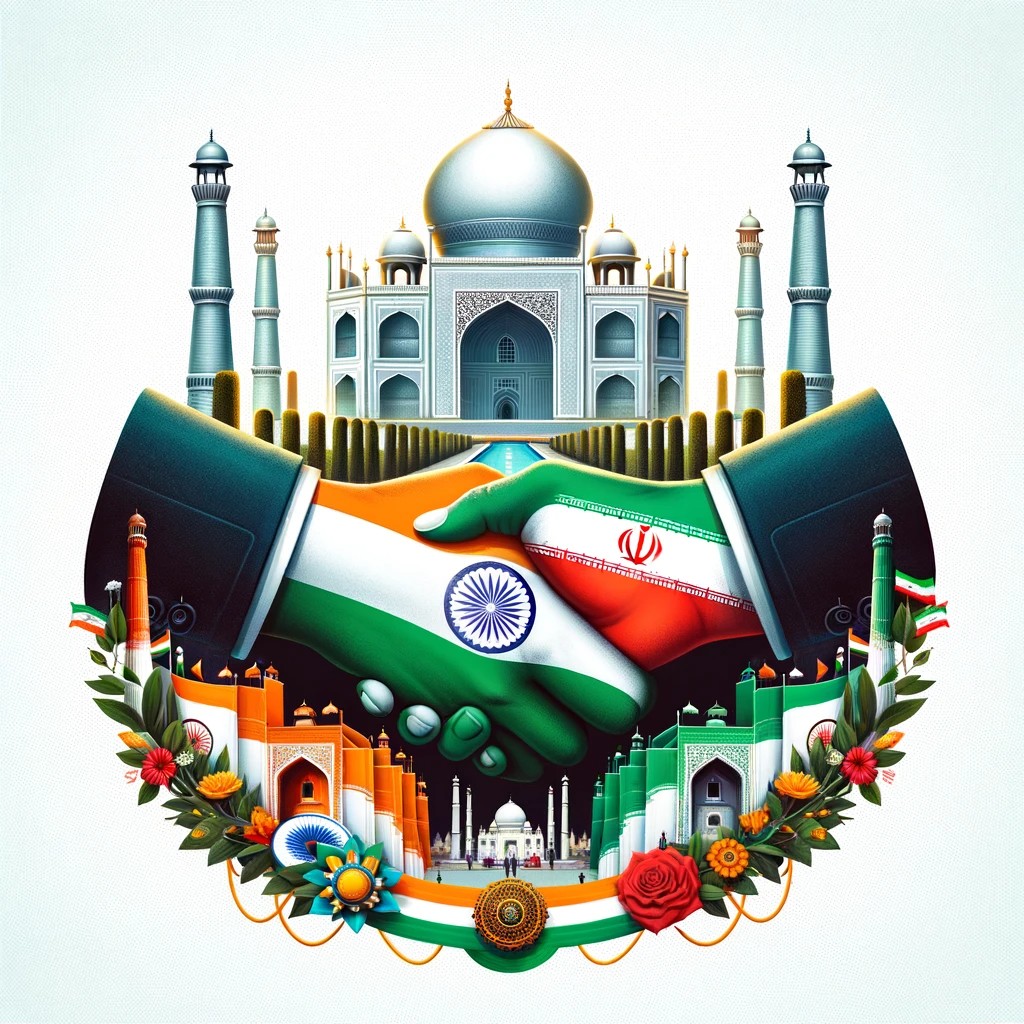The dawn of 2024 marks a turning point in the landscape of international alliances, particularly within the BRICS bloc. India, a nation known for its strategic partnerships and robust economic growth, is now entering a new phase of cooperation with Iran. This alignment, far from being a fleeting diplomatic gesture, is a calculated move within the larger chessboard of global politics, reflecting the evolving dynamics of the BRICS alliance and the Shanghai Cooperation Organization (SCO).
Strengthening Ties in a Shifting World
In the grand theater of international relations, the duo of India and Iran emerges as a compelling act. Both countries have historically maneuvered their foreign policies with a blend of pragmatism and foresight. It’s no secret that India’s diplomatic acumen has been its cornerstone, enabling it to maintain a balance in the tumultuous geopolitical landscape. Similarly, Iran, with its rich history and strategic location, has been a key player in regional politics.
The commitment of both nations to deepen bilateral ties within BRICS and SCO frameworks is a testament to their vision. This isn’t just about signing agreements or attending summits; it’s about reshaping the economic and political contours of their respective regions. The North-South International Transport Corridor and Iran’s Chabahar port are not just infrastructural projects; they are the arteries that will fuel future economic growth and regional integration. These initiatives are crucial in understanding the strategic depth of this partnership.
Navigating Complex Geopolitical Waters
The India-Iran cooperation arrives at a time when the seas of global politics are particularly choppy. With tensions escalating in West Asia and the Arabian Sea turning into a hotspot of maritime security concerns, India’s role becomes even more pivotal. The recent drone attacks near Indian waters, attributed to Iran by the United States, add layers of complexity to this partnership. Yet, India’s stance has been one of nuanced diplomacy, balancing its global alliances while defending Iran’s actions as self-defensive measures.
This tightrope walk is emblematic of India’s foreign policy – a blend of strategic autonomy and pragmatic realism. The country has historically been adept at maintaining a diplomatic equilibrium, even in the face of conflicting interests among its partners. Its support for Iran amidst rising tensions in West Asia, particularly in relation to the situation in Gaza and the Red Sea, underscores India’s commitment to its strategic partnerships.
The recent events involving Iran’s strikes in Pakistan’s Balochistan province and the subsequent diplomatic fallout further highlight the intricate dance of diplomacy that India engages in. While Islamabad’s reaction to the strikes was sharp, India’s response was measured, emphasizing its firm stance against terrorism while acknowledging the bilateral nature of the Iran-Pakistan issue.
On the flip side, Iran’s diplomatic engagements, notably Foreign Minister Hossein Amir Abdollahian’s discussions at the Davos forum and subsequent reassurances to Pakistan and Iraq, reveal a country attempting to balance its assertive defense strategies with the need to maintain regional harmony.
In essence, the India-Iran partnership within the BRICS framework is more than just a diplomatic handshake. It is a strategic alliance that navigates the complex currents of global politics with a keen eye on long-term regional stability and economic growth. This cooperation, set against the backdrop of a shifting international landscape, is a bold statement of intent and a glimpse into the future of global alliances. As the world watches, India and Iran tread a path that could redefine regional geopolitics, proving that in the game of nations, foresight and strategy are key.





